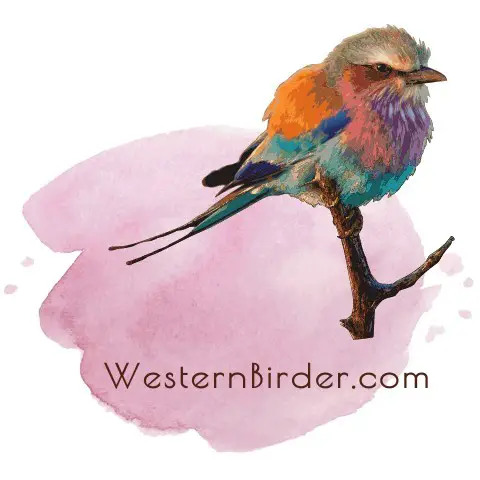On one side, it’s known as La Gran Curva. On the other hand, there’s Big Bend. Both names allude to a 118-mile length of the Rio Grande that runs through tight gorges, wooded highlands, and the northern Chihuahuan desert. This solitary stretch of the river separates Texas from the Mexican states of Coahuila and Chihuahua. It also runs through some of the most eerily gorgeous terrain on the planet. Haunting not just because of the wide expanse of apparently ageless scenery, but also because of the gloomy Chisos Mountains (meaning “ghost” or “enchanted”), which have stood guard over the region for at least twenty million years.
Big Bend has been a national park for the last 56 years. President Franklin D. Roosevelt signed legislation establishing its formation in 1935. The Park expanded as Texas purchased additional property. In 1944, 700,000 acres were deeded to the federal government, and now Big Bend is one of the most intriguing yet underutilised national parks in the country. Its distant location—100 miles from the closest freeway—might be the Park’s most valuable asset and, strangely, its most major visitation deterrent. Every year, less than 350,000 people visit Big Bend. Those who do encounter a magnificent blend of views, sounds, rich animal and plant life, and pleasurable outdoor activities (hiking, camping, rafting, birding, and photography).
Birdwatching is very enjoyable in Big Bend. The Park is home to approximately 450 species (more than any other American national park), including a dozen pairs of Peregrine Falcons, the endangered Black-capped Vireo, Lucifer Hummingbird, and possibly Big Bend’s most renowned feathered resident—the Colima Warbler. The Park is situated on a flyway between Latin America and Canada, and many species’ ranges cross here as well. Because to Big Bend’s closeness to Mexico, visitors may observe up to 274 species that live on both sides of the border. The Rio Grande’s riparian environment, along with the presence of hundreds of desert springs, provides great birding possibilities. In fact, 75% of the Park’s birds have been documented in these locations. Other excellent birding habitats include shrub desert, grasslands, foothills, and pinyon-oak-juniper forests.
April and May are perhaps the greatest months to view the most species, particularly neotropical migrants. Fall migration typically lasts from August until the first half of December. Autumn birding is at its finest between late September and the first week of December. Winter birders at Big Bend tend to see more ducks, shorebirds, and sparrows than other seasons. Visitors interested in species other than birds may see bobcats, black bears, mountain lions, and deer. Javelina are common and often graze within a few feet of bystanders.
The Park has at least 1200 plant species, including mesquite, agave, candelilla, ocotillo, creosote, sotol, prickly lechuguilla, and numerous cactus species. The riverbed is overgrown with non-native Bermuda grass.
As the Rio Grande continues its lengthy trek to the Gulf of Mexico, it leaves behind a territory that has been home to Apache, Comanche, and Kiowa Indians, Spanish explorers, Mexican and American bandits, the United States Calvary, and generations of Texas ranchers. Because of its secluded position, Big Bend has remained mostly untouched throughout millennia. With continuing careful management, the Park’s calm beauty and variety of plant and animal life will delight visitors for decades to come.
